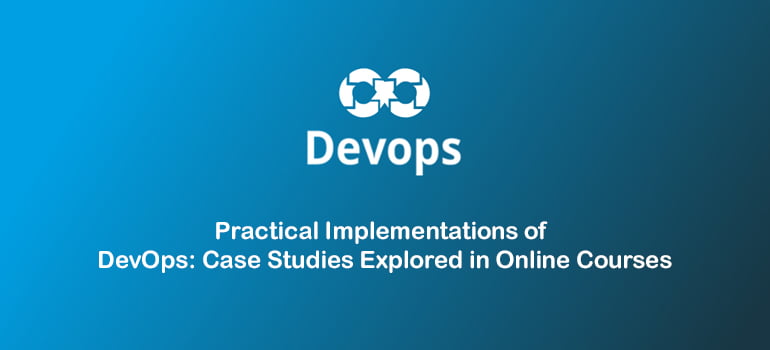- Ansible Training
- AWS
- AWS Training and Certification
- Azure Training and Certification
- Cloud Computing
- DevOps Training and Certification
- Docker and Kubernetes
- Google Cloud Platform Training
- IT Training and Certification
- Linux Training and Certification
- Microsoft Azure
- Python Training
- Red Hat
- RedHat Training and Certification
The term “DevOps” was created by combining the acronyms for the words “development” and “operations,” however, it refers to neither code nor a programming language, as many individuals believe. Within a single IT group or company, it is an idea or mindset that facilitates the collaboration between the development group and the operation team. DevOps […]











